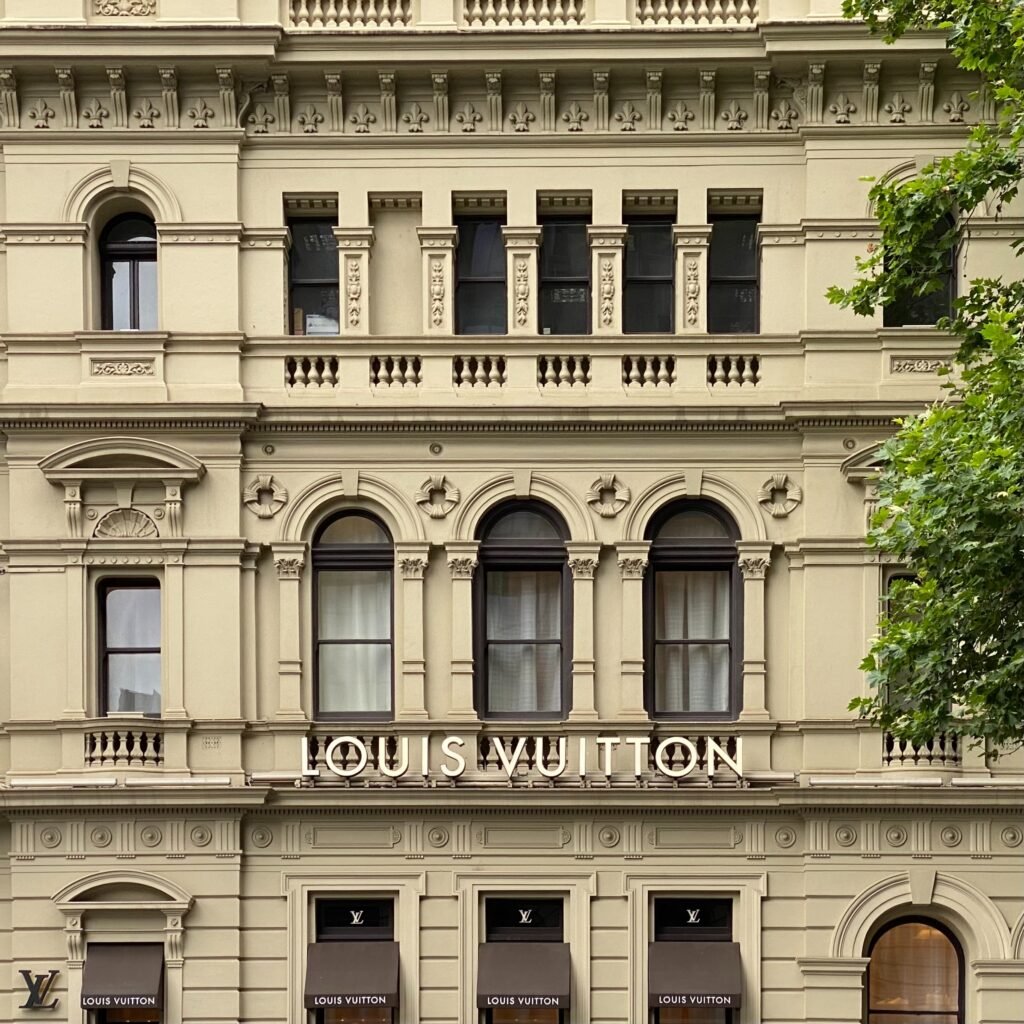In the Vuitton case, the dispute centred around a brief appearance of a prop travel bag in Warner Brothers’ comedy, The Hangover: Part II. The character Alan, played by Comedian and actor Zach Galifianakis, is seen in an early scene with what appears to be Louis Vuitton luggage. Later, he places a matching bag on a seat, and when his friend Stu moves it, Alan humorously warns, “Careful, that is a Lew-is Vuitton.”
After the film’s release, Louis Vuitton sent a cease-and-desist letter to Warner Brothers, alleging trademark infringement and dilution due to the bag’s appearance and the line of dialogue. When Warner Brothers refused to make changes or share profits, Vuitton filed a lawsuit with three claims: federal Lanham Act violation, common-law unfair competition, and trademark dilution under New York law. Vuitton argued that Warner Brothers implied the bag was a genuine Louis Vuitton product and that this would cause confusion about the bag’s source, not the film itself. Vuitton also claimed this association could harm its brand.
Court’s Decision
To establish a claim for false designation of origin or trademark infringement under Section 43(a) of the Lanham Act, a plaintiff must demonstrate that the defendant’s use of the trademark could create confusion about the source, endorsement, or approval of their product. In cases where a trademark appears in non-commercial, artistic works, most courts require the plaintiff to meet the high standard set by the Rogers v. Grimaldi case. The Rogers decision aimed to protect free expression by stating that the Lanham Act doesn’t apply when the use of the trademark in the work has artistic relevance and is not explicitly misleading. Explicitly misleading means it contains a clear false statement or overt claim about the plaintiff’s endorsement or sponsorship beyond merely using their trademark.
As clarified in Cliffs Notes, Inc. v. Bantam Doubleday Dell Publishing Group, Inc., Lanham Act claims against expressive works must be narrowly interpreted. This is to preserve the interest in promoting open exchange of ideas, preventing trademark owners from challenging creative works using the Lanham Act. In a recent case, Judge Carter concluded that Warner Brothers satisfied these criteria and dismissed Vuitton’s claims at the pleading stage.
Warner Brothers’ Incorporation Of Trademark Had Artistic Significance
When applying the first part of the Rogers test, the court emphasized that the standard for “artistic relevance” is intentionally minimal, essentially met unless the use lacks any artistic relevance to the work. The court easily found this criterion fulfilled in this case. Firstly, it noted that the character Alan’s use of Vuitton’s products conveyed snobbishness due to Vuitton’s luxury image, and also portrayed Alan as inept because he couldn’t even pronounce the brand name correctly. Vuitton’s argument that the court couldn’t determine artistic relevance without further investigation into the use of genuine or knock-off items in the film was rejected. It was evident that the reference to Vuitton’s mark had artistic relevance in developing Alan’s character, making the authenticity of the props used for artistic expression irrelevant. Finally, the court framed the issue in terms of whether the defendant’s use aimed to exploit the mark’s popularity and reputation.
According to the court’s assessment of the second part of the Rogers test, Warner Brothers’ use of the bag did not explicitly mislead consumers regarding the origin or content of the entire work. The court emphasized that both Rogers and subsequent cases consistently evaluated whether the use misled consumers about the work’s source or content as a whole, not just specific items within the work. The court concluded that only when a situation arises where the defendant attempts to deceive the public into purchasing a product they believe is endorsed by the trademark owner does the public’s interest in preventing deception outweigh its interest in free expression. Therefore, the court rejected Vuitton’s argument that the “explicitly misleading” requirement extended to confusion about the source or sponsorship of a product within a film rather than the film as a whole.
Probability of Confusion
Although the court dismissed Vuitton’s argument about applying the “explicitly misleading” standard to a product within a film rather than the entire film, it conducted an analysis on potential consumer confusion. The court ultimately determined that Vuitton’s claims of confusion were not just implausible but lacked compelling evidence. This conclusion was based on the unlikelihood that a noticeable number of people would recognize Alan’s bag as a knockoff since it appeared briefly and for less than 30 seconds in total. Additionally, it was considered highly improbable that viewers would take Alan seriously enough to believe that Warner Brothers shared his opinions, as a statement from a fictional character in a fictional movie did not constitute an affirmative misrepresentation by the film studio, as Vuitton had asserted. These factors led to the conclusion that the likelihood of confusion was, at best, minimal, and this minimal likelihood was outweighed by the concerns.
Consequences of the Decision
The Warner Brothers case establishes that an artistically relevant reference to a trademark satisfies the initial aspect of the Rogers test, preserving creative expression and warding off the potential chilling effects of trademark litigation. The ruling provides clarity concerning the “explicitly misleading” requirement of the Rogers test, ensuring that trademark litigation isn’t triggered by consumers mistakenly believing that a trademark owner has officially endorsed a film. The legal principles laid down in this decision strike a delicate balance, restraining the application of the Lanham Act to creative works unless exceptional circumstances are at play. This outcome is notably favourable for content creators, as it shields them from the constant threat of litigation and empowers filmmakers to depict the real world in their works. However, trademark owners still retain remedies when their brands are used gratuitously or for purely commercial purposes, as long as it does not encroach on the legitimate rights of content creators.

